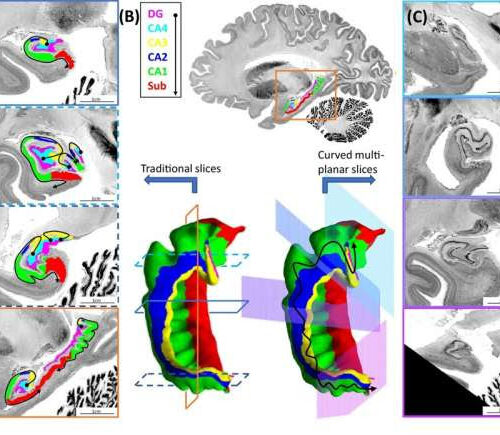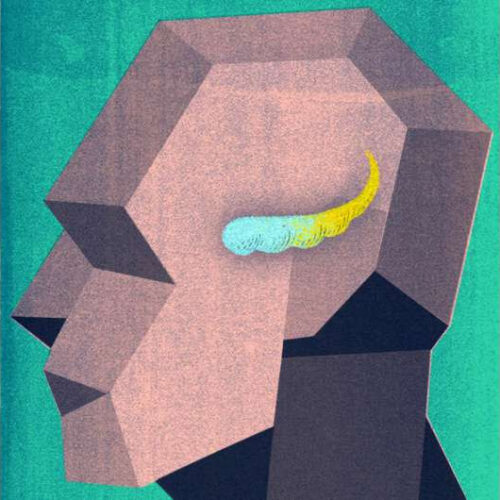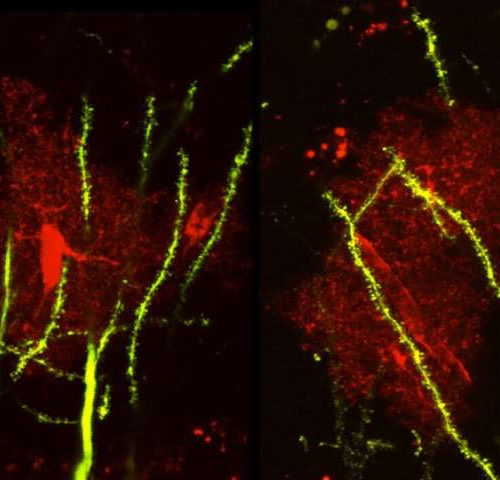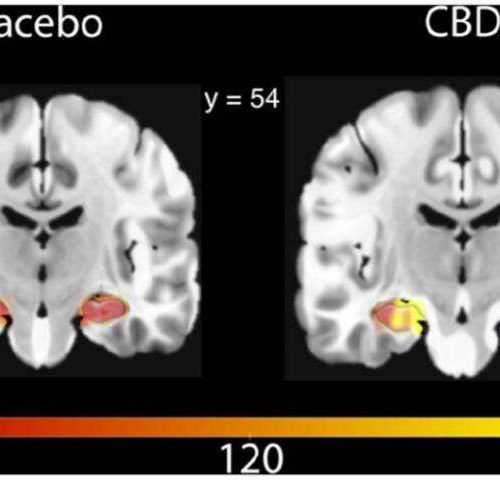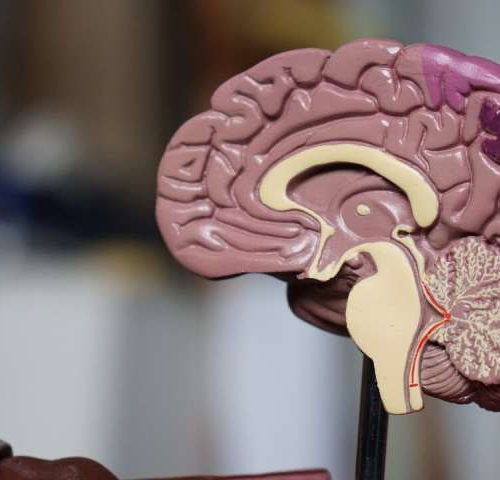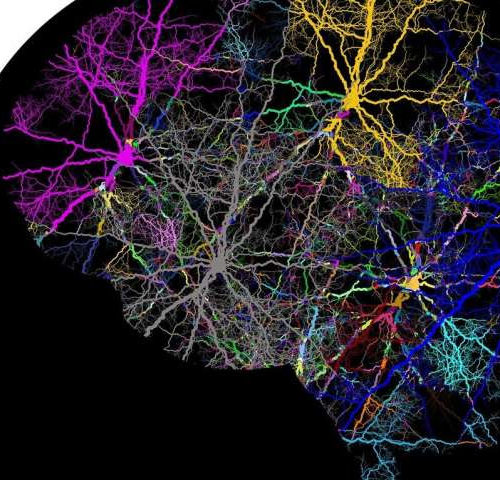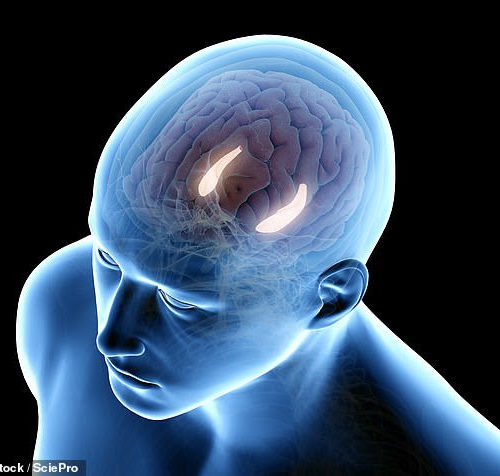by Crystal MacKay, University of Western Ontario Figure 1. Illustration of hippocampal subfield topology in traditional and multiplanar histological slices (data from [42] and segmentations from [20]). (A) Traditional hippocampal slices with and without subfields overlaid. Coronal slices through the hippocampal body (top) are the most commonly used orientation. In particular, slices through the hippocampal head...
Tag: <span>Hippocampus</span>
Same difference: Two halves of the hippocampus have different gene activity
by UT Southwestern Medical Center Marked differences in gene activity were identified in the anterior portion of the hippocampus, which points downward toward the face, and the posterior, which points upward toward the back of the head. Credit: Melissa Logies A study of gene activity in the brain’s hippocampus, led by UT Southwestern researchers, has identified marked...
Subtle differences in structure and function of the hippocampus in people with Down syndrome
by Case Western Reserve University Credit: Brain Communications (2021). DOI: 10.1093/braincomms/fcab088 Using ultra-high field magnetic resonance imaging (MRI) to map the brains of people with Down syndrome (DS), researchers from Case Western Reserve University, Cleveland Clinic, University Hospitals and other institutions detected subtle differences in the structure and function of the hippocampus—a region of the brain tied to...
Brain protein linked to seizures, abnormal social behaviors
by Iqbal Pittalwala, University of California – Riverside Confocal image of a mouse brain tissue shows the astrocytes (red) and neurons (green). Credit: Ethell lab, UC Riverside. A team led by a biomedical scientist at the University of California, Riverside has found a new mechanism responsible for the abnormal development of neuronal connections in the...
Aging memories may not be ‘worse,’ just ‘different’
by Brandie Jefferson, Washington University in St. Louis “Older adults might be representing events in different ways, and transitions might be picked up differently than, say, a 20-year-old,” said Zachariah Reagh, assistant professor of psychological and brain sciences in Arts & Sciences. Reagh looked at fMRI images to study memory differences in different age groups....
Cannabidiol improves blood flow to brain’s hippocampus
by University College London A single dose of cannabidiol (CBD) helped increase blood flow to the hippocampus, an important area of the brain associated with memory and emotion, finds a new study led by UCL researchers. Researchers say the findings could be an important discovery for conditions which affect memory, such as Alzheimer’s disease and...
To let neurons talk, immune cells clear paths through brain’s ‘scaffolding’
by University of California, San Francisco To make new memories, our brain cells first must find one another. Small protrusions that bud out from the ends of neurons’ long, branching tentacles dock neurons together so they can talk. These ports of cellular chatter—called synapses, and found in the trillions throughout the brain—allow us to represent...
Study identifies pathways between memory and decisions
by Cedars-Sinai Medical Center New research from Cedars-Sinai has identified the pathways of neurons that help people retrieve information from memories and use that information to make decisions—a discovery that may aid development of future treatments for memory disorders that accompany certain conditions, like schizophrenia and Alzheimer’s disease. The research, led by Ueli Rutishauser, Ph.D.,...
Researchers uncover new insights into Alzheimer’s disease
by Amy Robinson, Florida State University PET scan of a human brain with Alzheimer’s disease. Credit: public domain A new study by Florida State University researchers may help answer some of the most perplexing questions surrounding Alzheimer’s disease, an incurable and progressive illness affecting millions of families around the globe. FSU Assistant Professor of Psychology...
The science of the penny dropping: Scientists discover memory recall and formation happens at specific times ‘due to the oscillation of brainwaves’
By JOE PINKSTONE FOR MAILONLINE Memory formation and recall is linked to specific brainwaves called theta waves These fire three times a second and only when a person learns successfully They originate from the hippocampus region, deep inside a person’s brain They are again produced when a person remembers one of their memories Recall is...

